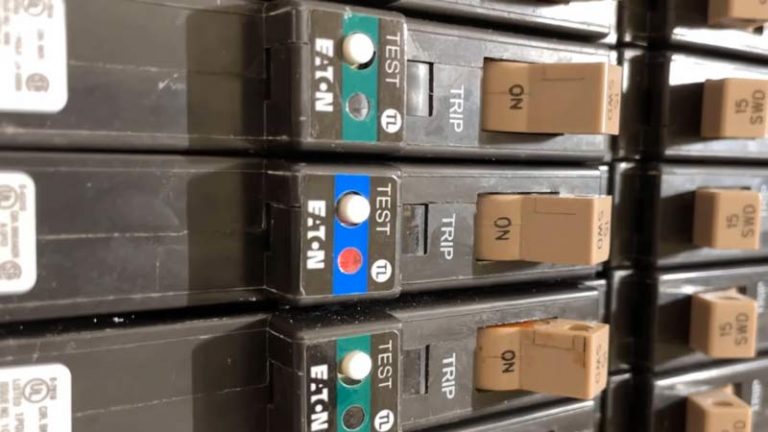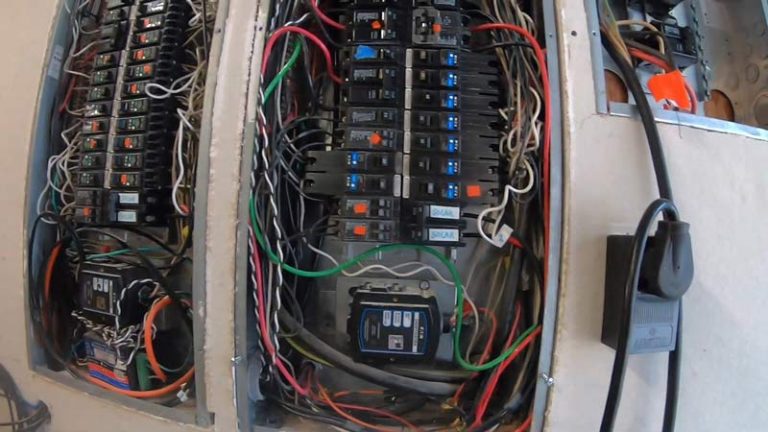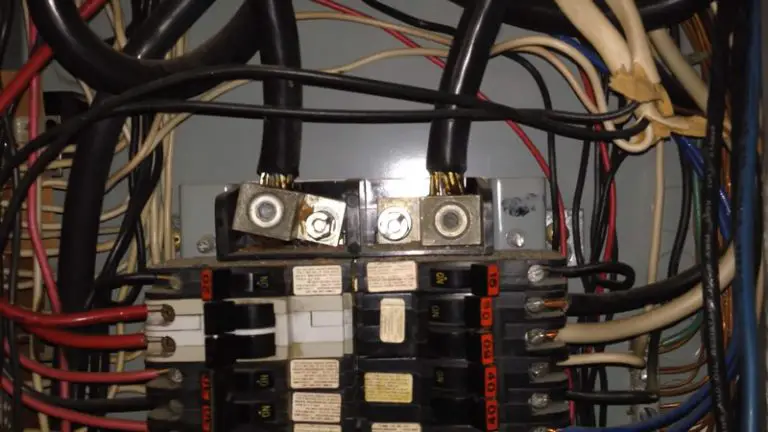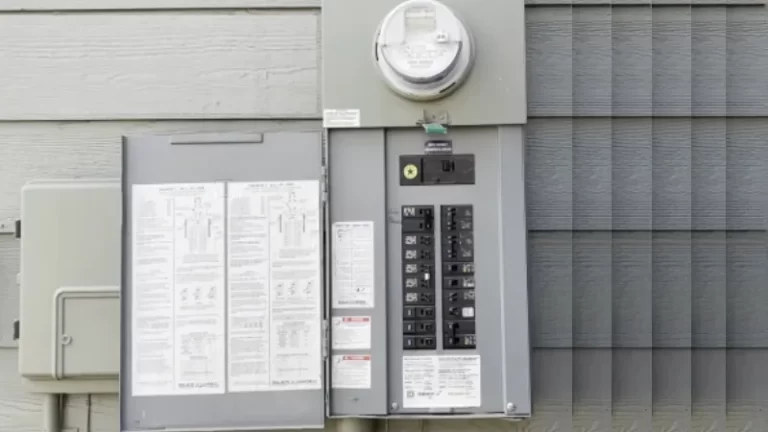Is Flipping Breakers Dangerous? The Shocking Truth for Homeowners
That familiar click and sudden darkness—a tripped circuit breaker is a common household annoyance. The usual fix is a quick trip to the electrical panel to flip the switch back. But have you ever paused and wondered, “Is flipping breakers dangerous?”
While resetting a breaker is often a simple, safe task, treating it as a mindless routine can mask serious hazards. Understanding the hidden risks is crucial for protecting your home, your property, and your family from potential electrical dangers like fires and shocks.
You'll Learn About
Decoding the Trip: Why Circuit Breakers Activate
A circuit breaker is a fundamental safety device. Its sole purpose is to interrupt the flow of electricity automatically when it detects a problem, preventing wiring from overheating and causing a fire. Think of it as a vigilant guardian for your home’s electrical system.
Generally, a breaker trips for one of three reasons:
1. Overloaded Circuit: This is the most common culprit. An overload happens when you try to draw more electrical power than a circuit is designed to handle. Plugging a high-power microwave and an electric kettle into the same kitchen circuit is a classic example.
2. Short Circuit: A short circuit is a more serious issue. It occurs when a “hot” wire carrying current touches a “neutral” wire. This creates a low-resistance path, allowing a massive amount of current to flow, which trips the breaker instantly to prevent danger.
3. Ground Fault: Similar to a short circuit, a ground fault happens when a hot wire touches a grounded part of the system, like a metal electrical box or the ground wire itself. This can be especially dangerous in damp areas and is a primary cause of electric shock.
The Real Dangers: When Not to Flip That Switch
Mindlessly resetting a breaker without understanding the cause can be a high-stakes gamble. The switch is a warning sign, and ignoring it can lead to severe consequences. Here are the critical dangers you need to be aware of.
The Unseen Risk of Electrical Fire
If a breaker trips due to a persistent short circuit or a failing appliance, repeatedly resetting it forces electricity through a compromised path. Each time you reset it, the wiring can overheat, degrading the insulation and increasing the risk of sparks. Eventually, this heat can ignite surrounding materials like wood studs or insulation, leading to a devastating fire.
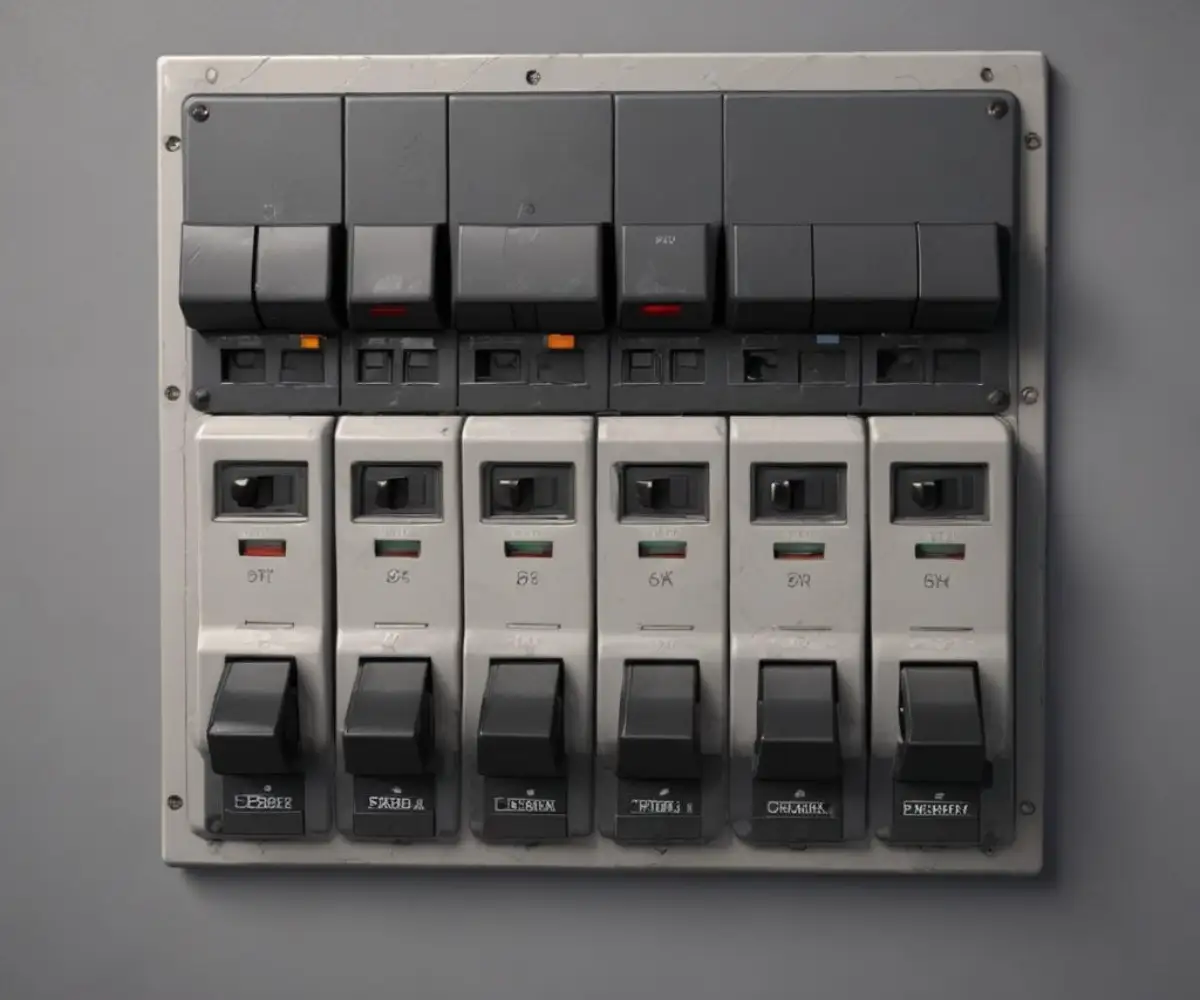
The Violent Threat of an Arc Flash
While rare in residential settings, an arc flash is a violent and dangerous phenomenon. It’s essentially an electrical explosion that occurs when a high-amperage current leaves its intended path and travels through the air. A faulty or damaged breaker can create the conditions for an arc flash when flipped, resulting in an explosive blast of heat and light that can cause severe burns and injury.
Damage to Appliances and Sensitive Electronics
A frequently tripping breaker is often a symptom of unstable power flow. The surges and sudden interruptions caused by underlying electrical faults can wreak havoc on your sensitive electronics. Computers, smart TVs, and modern appliances can suffer permanent damage from these power fluctuations, leading to expensive repairs or replacements.
Your Safety Checklist: How to Flip a Breaker the Right Way
When a breaker trips, don’t rush to reset it. Follow a methodical approach to ensure you’re acting safely. This simple procedure can help you distinguish between a minor inconvenience and a serious electrical hazard.
Step 1: Investigate the Scene
Before you even touch the panel, go to the area that lost power. Turn off all the light switches and unplug every appliance and electronic device from the outlets on that circuit. This step is crucial because it removes the electrical load, preventing a sudden power surge from damaging your devices when you restore power.
Step 2: Inspect the Breaker Panel
Open the electrical panel door and take a moment to observe. Use a flashlight if needed. Look for any signs of trouble: a burning smell, discoloration or scorch marks around a breaker, or buzzing sounds. If you notice any of these red flags, do not touch anything and call a licensed electrician immediately.
Step 3: The Proper Resetting Technique
A tripped breaker will typically be in a middle position between “ON” and “OFF.” To reset it correctly, you must first push the switch firmly to the “OFF” position. Then, flip it back to the “ON” position. You should hear a distinct “click” as it engages.
Quick Reference: Safe vs. Unsafe Breaker Scenarios
Navigating electrical issues can be confusing. This table provides a clear, at-a-glance guide to help you make the right decision when a breaker trips.
| Scenario | Safety Level | Recommended Action |
|---|---|---|
| Breaker tripped after plugging in a new appliance (e.g., space heater). | Generally Safe | Unplug the new appliance. Reset the breaker once. Relocate the appliance to a different circuit. |
| Breaker trips immediately after being reset, with nothing plugged in. | Dangerous | Leave the breaker in the OFF position. Do not attempt to reset again. Call a licensed electrician immediately. |
| Breaker feels hot to the touch or there is a burning smell from the panel. | Extremely Dangerous | Do not touch the breaker. If possible and safe, shut off the main breaker. Call an electrician for emergency service. |
| Lights flicker and the breaker trips intermittently without a clear cause. | Potentially Dangerous | This indicates a potential wiring issue or a failing breaker. Consult with an electrician to diagnose the problem. |
| Breaker trips when a specific appliance turns on. | Caution Advised | The appliance may be faulty. Try plugging it into a different circuit. If the new circuit trips, the appliance is the problem. |
Warning Signs: When to Call an Electrician Without Delay
Your electrical system will often provide clear signals when a problem requires professional attention. Recognizing these signs is key to preventing a minor issue from escalating into a dangerous emergency.
- The breaker trips repeatedly: If you reset a breaker and it trips again shortly after, there is an underlying fault that needs to be fixed.
- A burning smell or scorch marks: Any smell of burning plastic or visible burn marks on outlets or the panel indicates dangerous overheating.
- Buzzing or sizzling noises: A persistent high-pitched noise in the house every 10 minutes or so coming from your panel is a sign of a loose connection or a failing breaker.
- The breaker itself is physically damaged: A cracked, chipped, or loose-fitting breaker should be replaced immediately by a professional.
- You receive a mild shock or tingle: Never ignore even a minor shock from an appliance, switch, or outlet.
Thinking Beyond the Flip: Your Home’s Electrical Health
True electrical safety goes beyond just knowing how to flip a switch. Understanding the broader context of your home’s electrical system empowers you to be a more proactive and responsible homeowner.
The Lifespan of a Circuit Breaker
Many homeowners don’t realize that circuit breakers are mechanical devices with a limited lifespan. Over time, the internal components can wear out, making them less reliable. A breaker that trips too easily, or worse, fails to trip during an overload, is a significant safety hazard. Most standard breakers are designed to last for several decades, but this can be shortened by frequent tripping.
Modern Safety: AFCI and GFCI Protection
Modern electrical codes require advanced protection in homes. Arc-Fault Circuit Interrupters (AFCIs) are designed to detect dangerous electrical arcs—a common cause of house fires—and shut off the power. Ground-Fault Circuit Interrupters (GFCIs) protect against electric shock, especially in areas with water like kitchens and bathrooms. If your home is older, upgrading to these types of breakers can dramatically improve its safety.
Expanding Your System Safely
As our reliance on electronics grows, so does the demand on our home’s electrical systems. If you find yourself constantly dealing with overloaded circuits, it may be time for an upgrade. Adding new circuits or even finding clever ways to convert a flood light to an outlet must be done correctly and to code. Overloading your panel or performing improper DIY wiring is a recipe for disaster and highlights the importance of professional installation for any expansions.
Even seemingly simple systems, like those involved when you need to disable a doorbell, are tied into the main panel. Always approach electrical work with caution.
Conclusion: A Simple Action with Serious Implications
While flipping a breaker is a task most homeowners will perform at some point, it should never be done carelessly. It is not an inherently dangerous act, but ignoring the reasons behind the trip is. The breaker is your home’s first line of defense against electrical hazards.
By treating it with respect, investigating the cause of a trip, and recognizing the warning signs of a deeper problem, you can ensure this simple action remains a safe solution. When in doubt, always prioritize safety and call a qualified electrician.

